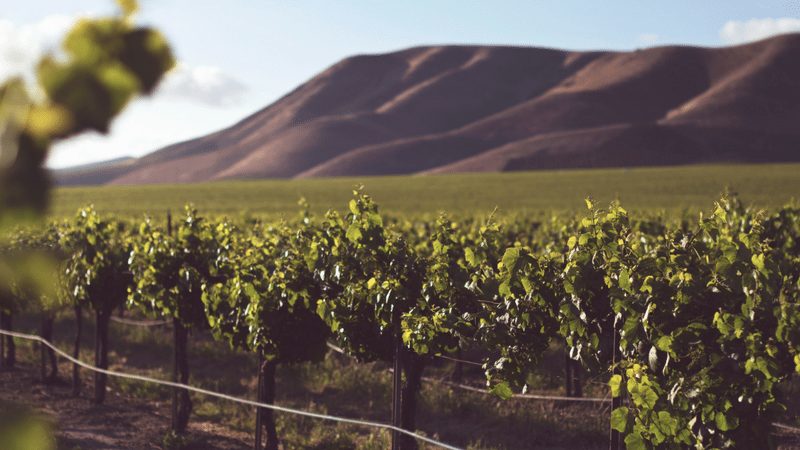Chardonnay
Episode #4 of the course Wine basics: Top ten wine varietals by Saffron Hickey
Today, our top wine varietal is Chardonnay (shar-dun-nay). This white wine grape originated in Burgundy, France, and has since become one of the most widely planted grapes in the world. It is adaptable to many regions and styles. Chardonnay is less aromatic than other varietals. Oak aging enhances its smooth taste, adding complex nut and spice flavors.
Major Regions
Chardonnay is still a primary varietal in Burgundy, where it is aged in French oak or—in the Chablis subregion—unoaked. It is one of the top three ingredients in Champagne and also used alone to make a sparkling wine called Blanc de Blancs Champagne.
California is a major, award-winning region for Chardonnay. The warm climate ripens the grapes, generating a higher alcohol content and fruit notes, though flavors are tempered and altered by oak aging. Other major producers include Australia, New Zealand, Chile, and Italy.
Characteristics
Note: The scents and tastes people perceive in wine vary greatly depending on individual palates, production methods, climate, and more.
Sweetness: Chardonnay is a smooth, dry wine, often with a creamy texture.
Appearance: Pale yellow to deep gold.
Aromas and flavors: Apple, pear, fresh figs, mango, banana, butter, hazelnuts, cloves, caramel, vanilla, lemon balm, jasmine, chalk. Fruit flavors are more common in New World Chardonnays.
Body: Medium- to full-bodied.
Aging: Chardonnay is versatile for a variety of winemaking methods. It is often aged in oak barrels to enhance the flavors of butter and baking spices. Old oak creates a medium body, while new oak gives Chardonnay a full body. Like Pinot Gris, Chardonnay may be put through malolactic fermentation for a smooth, creamy texture. In Chablis, France, Chardonnay is unoaked, and other countries, including New Zealand and Australia, have also tried this to preserve subtle flavors from the land and higher acidity.
Food Pairing
Chardonnay’s full body pairs well with mild, softer cheeses such as brie, camembert, feta, edam, and gouda. For a meal, try cream-based pasta dishes, such as fettuccine alfredo, or rich proteins like veal, duck, or salmon. Unoaked Chardonnay works with lean fish dishes, such as sole in herb and butter sauce. Avoid hot spices, which can create a pronounced alcohol taste, and instead, flavor dishes with white pepper, green herbs, or lemon zest.
Selection Guide
Chardonnay is available in many incarnations for every taste. For a full-bodied, creamy wine with some citrus, seek an oak-aged Burgundy Chardonnay. For a powerful balance of oak and tropical fruit, go for California. For a zesty, mineral Chardonnay, try unoaked Chablis or a wine from New Zealand or Australia in the same style.
If you’re seeking Champagne, first decide between the traditional blend of grapes or the single-varietal style. Blanc de Blancs Champagne is less common but can still be found and sometimes for good value; check that the wine is 100% Chardonnay to clearly taste this varietal. Champagne is generally non-vintage (a blend from different years) for consistency. Vintage Champagne is only made in years with an exceptional crop and is costly. Most Champagne is “brut” (dry) but may be “extra brut” (extra dry), “sec” (semi-sweet), “demi-sec” (sweet), or “doux” (very sweet).
Tomorrow, learn about the famous Pinot Noir!
Recommended reading
Comité Champagne, n.d. Champagne Grape Varieties. Épernay, France: Comité Champagne.
Comité Champagne, n.d. The Diversity of Champagne Wines. Épernay, France: Comité Champagne.
Puckette, Madeline, 2013. Chardonnay Wine Guide: Something for Everyone. New York, NY: Wine Folly.
Thexton, Jeanne, 2016. Chardonnay. London: Decanter.
Recommended book
Share with friends

